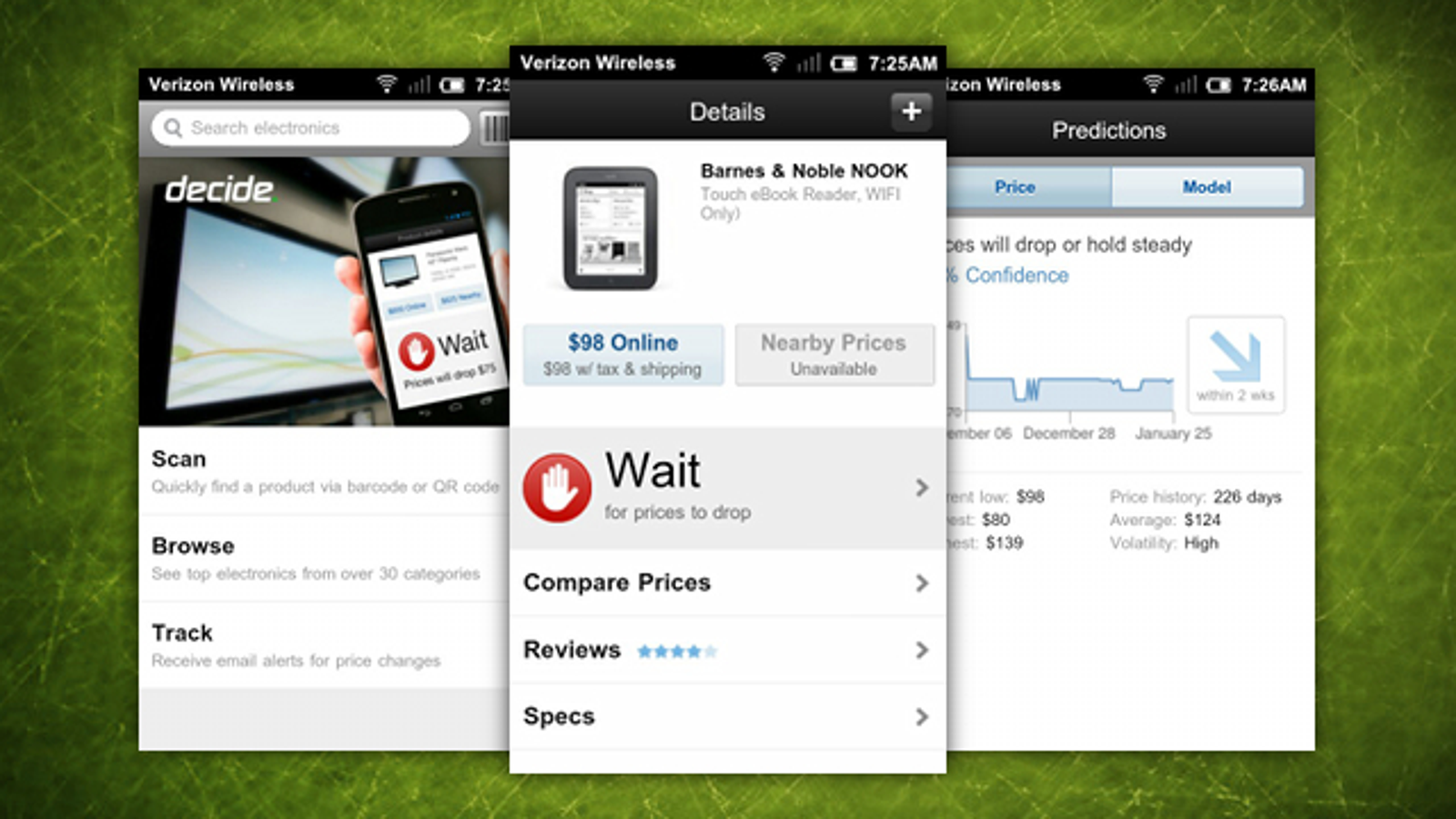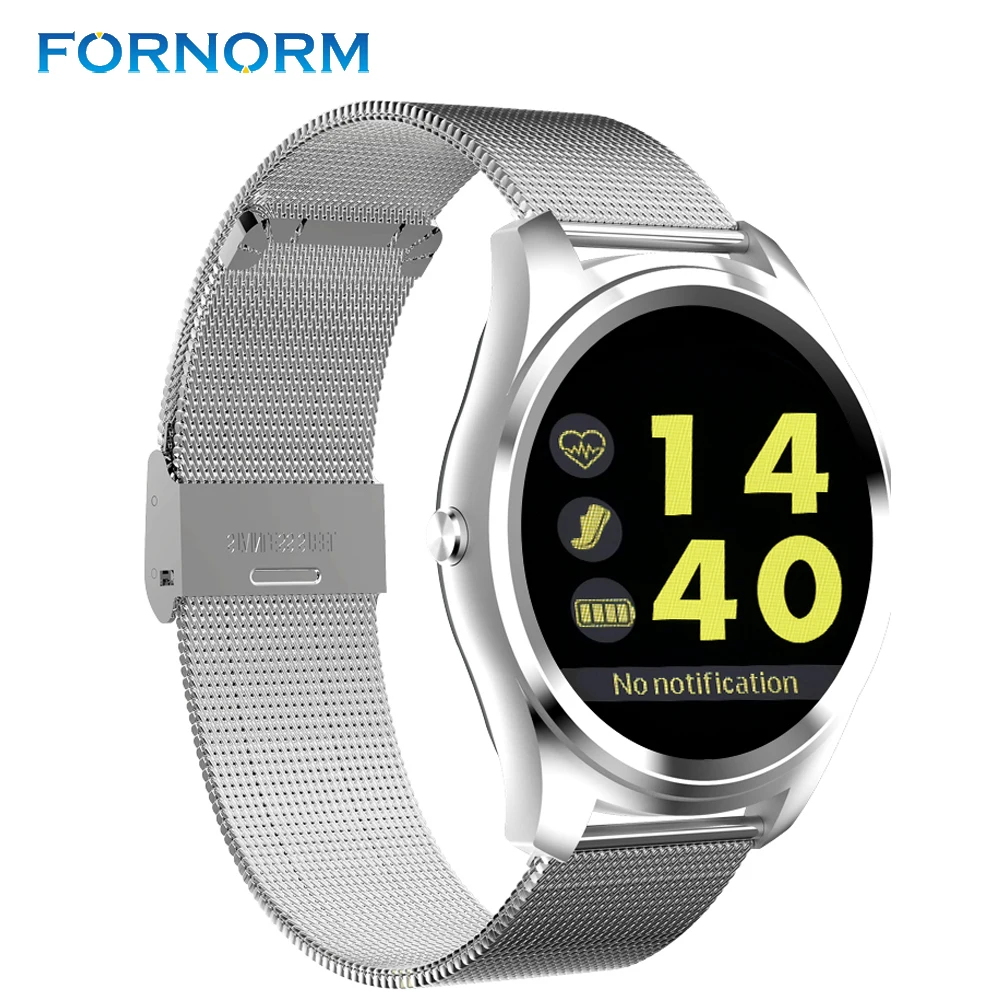

The result is that if you are debugging your app you can't open android device monitor unless you want to lose your debug status. Start Android Device Monitor To start the standalone Device Monitor application in Android Studio 3.1 and lower, enter the following on the command line in the android-sdk /tools/ directory: monitor You can then link the tool to a connected device by selecting the device from the Devices pane. I'm not seeing nothing similar in Android Studio, and after making a lot of research it seem that the only way you have to do this is opening the Android device monitor from the "Tools" menu.īut doing this way the ADB connection get broken, because it is being used by Android Studio, and Android Device Monitor wants to use it. To start Device Monitor, enter the following command from the SDK tools/ directory: monitor.

You can now start profiling or debug step-by-step. I just can't understand one thing: in Eclipse, there is the very useful DDMS perspective, from where you read Logcat and do a lot of other things, like using the very useful dump view hierarchy function, which allows you to take a dump of the UI and inspect it to understand what is shown where in your layout. Start Android Studio-> pick breakpoint-> Run-> Debug-> Go to sdk\tools in Terminal window and run ddms.bat to run DDMS without Monitor running (since it won't let you run ADB). For what I saw since now the new IDE has a lot more features than Eclipse, and I like using the new IDE for my app development work. This open-source solution uses Google’s adb command, but it bundles a built-in copy of adb. To start the standalone Device Monitor application in Android Studio 3. To start mirroring again in the future, just connect your phone to your computer with a USB cable and run the scrcpy.exe file once again. When you’re done, just unplug the USB cable. I just switched from Eclipse to Android Studio. Use your mouse and keyboard to control it.


 0 kommentar(er)
0 kommentar(er)
